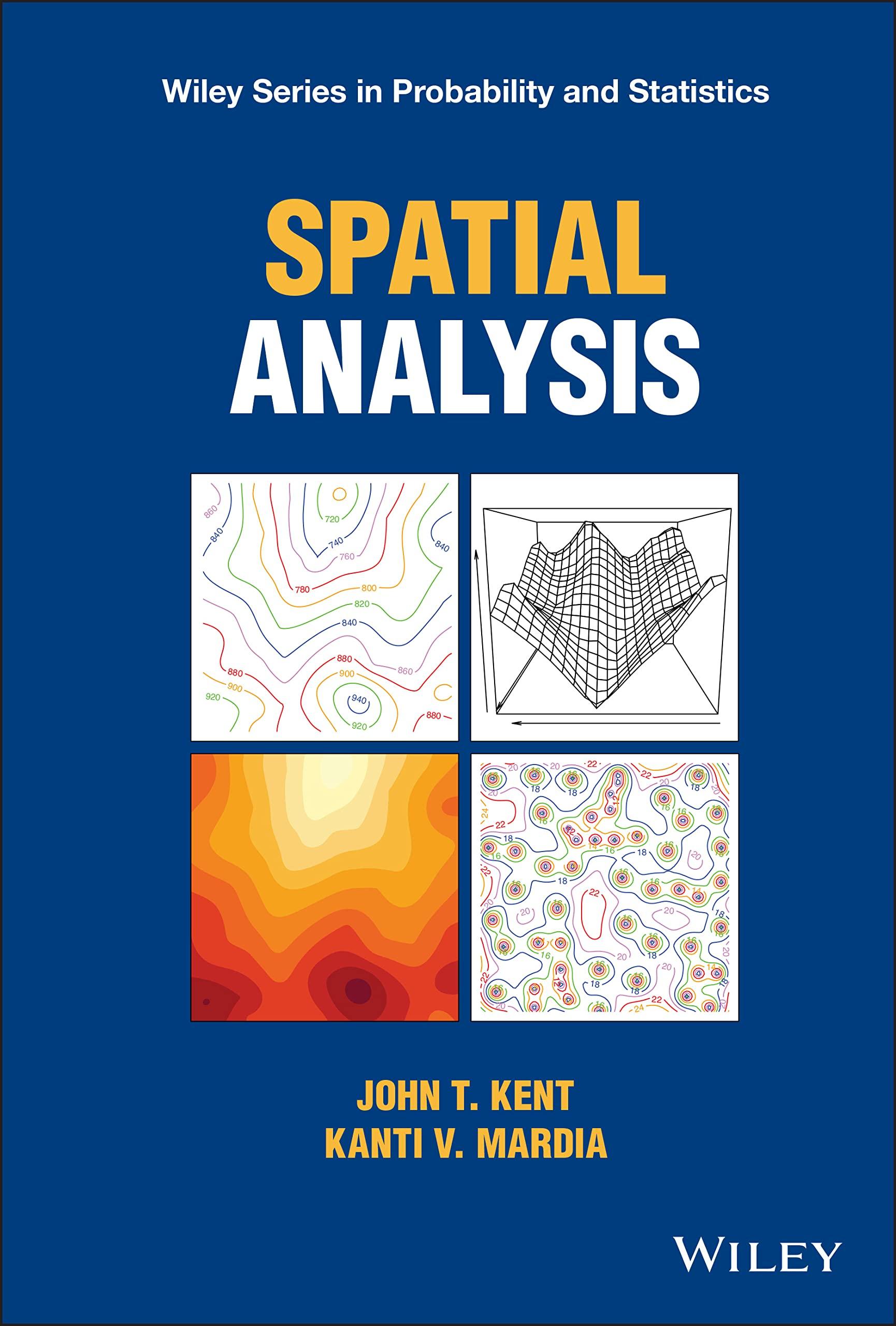4.1 (Tower rule for conditional expectations). Let (U, V1, V2, ..., Vn) denote a collection of jointly
Question:
4.1 (Tower rule for conditional expectations). Let (U, V1, V2, ..., Vn) denote a collection of jointly distributed random variables. The notation E[U|????1, ...,????n] denote the expected value of U conditional on (V1, ..., Vn)
taking the values (????1, ...,????n). The notation E[U|V1, ..., Vn] = W, say, denotes this conditional expectation, treated as a random variable depending on (V1, ..., Vn). Prove the following two important properties of W.
(a) E[W|V1, ..., Vn] = W, since W is constant given (V1, ..., Vn).
(b) E{E[W|V1, ..., Vn]} = E[W] = E[U], that is, the expectation of a conditional expectation is the same as the original expectation. This result for expectation is sometimes known as the Tower law.
Fantastic news! We've Found the answer you've been seeking!
Step by Step Answer:
Related Book For 

Question Posted:






